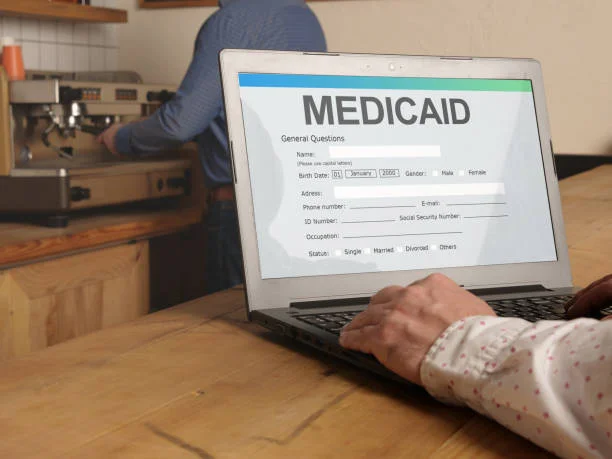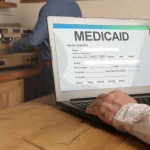Medicaid is a crucial safety net for those needing access to care. The waiting game post-application, however, is a source of stress across the board. If you know how to track your progress, you will not fret over it. This comprehensive guide will serve as a basic system for checking the status of Medicaid applications, thereby ensuring that applicants remain consistently informed.
Discover insights that matter—dive into related posts for deeper understanding.
Gather Necessary Information
Ensure you have all the necessary information before initiating the process, specifically your full name, date of birth, and Social Security number. Moreover, an application reference number, which you typically receive at the time of submission, will be helpful. It will save time and prevent delays during the land surveying process.
Online Status Check
Several states offer online portals where you can check the Medicaid application status in real-time. Through these platforms, applicants can access their application status more quickly and easily. If you do not have an account, you need to register first to take advantage of this service. Once you log in, finding the right place to check your application status should be relatively easy. Simply enter your details and application number, and it will provide the required information there. Many applicants often find this method the quickest and most straightforward option.
Phone Inquiry
If you prefer to speak directly with a representative, checking the status of your application by phone is also an option. For example, there is a separate Medicaid customer service contact line for each state. Applicants can call this number to check the status of their application. You should have all of the relevant information you need prepared before the call so you can avoid wasting time during the call. Talking to a representative can also allow you to ask follow-up questions and clear any doubts.
In-Person Assistance
Visiting your local Medicaid office is another way to check the status of an application. This method enables interaction with personnel who can provide better assistance. All you need to remember is to take the necessary documents when visiting there. The staff there can assist with checking the status and advise you on any necessary actions. Although this approach obviously requires more time, it is more effective because it allows for face-to-face interaction.
Email Correspondence
In some states, you can ask about the status of a Medicaid application by email. That works if you prefer to write more. When emailing, all the necessary information must be included, such as the application reference number and personal particulars. Simplifying remarks will guarantee a timely response. However, please note that response times may vary, and using this method requires patience.
Understanding Potential Outcomes
After checking the status, applicants may receive different results. There are three possible decisions: approval, approval pending, and denial. Once the request is approved, the following steps commonly include receiving a benefits package that outlines coverage. Typically, a pending status indicates that additional review is necessary, which may involve providing some extra documentation. If they do deny you, it will be essential to know the reasons and whether you can appeal or reapply. It is always better to remain prepared for every possible outcome. For each outcome, your response will be different.
Stay Informed and Proactive
You should always be aware of the application’s status and, therefore, regularly check it. Staying in touch with updates allows applicants to troubleshoot if need be. Most importantly, staying on top of deadlines and ensuring you submit all necessary documents on time will avoid any delays or bottlenecks. Taking an initiative and preparing the application process will enable a smooth process and allow for the receipt of benefits as quickly as possible.
Seek Assistance if Needed
Do not hesitate to get help if any phase of the process is unclear to you or difficult to understand. Many community organizations support individuals as they navigate the Medicaid application process. These resources can help answer any questions you may have. Support can help alleviate the burden of the experience, which makes it less daunting and more manageable.
Conclusion
Tracking the status of your Medicaid application is an essential step in obtaining health coverage. These simple and effective methods, if leveraged by applicants, can help them track their progress and identify early signs of problems. Each of these approaches has specific advantages that can be leveraged, including online portals, phone calls, in-person visits, and email. Being informed and ready will help avoid application trauma and will eventually translate into the calm that comes with knowing that healthcare is covered.
Spotlight on excellence—see our featured posts that you can’t miss.







